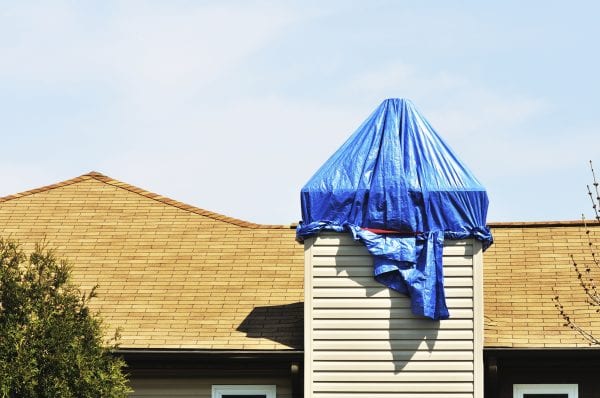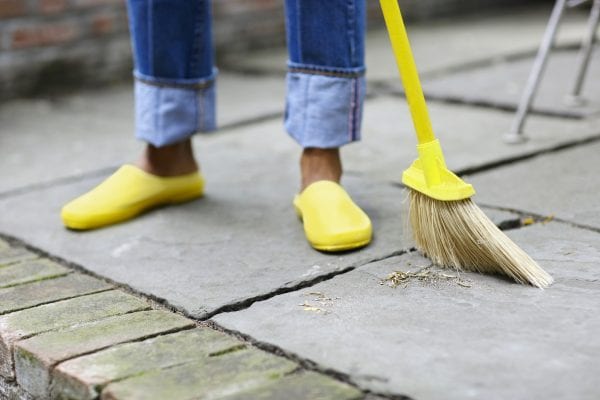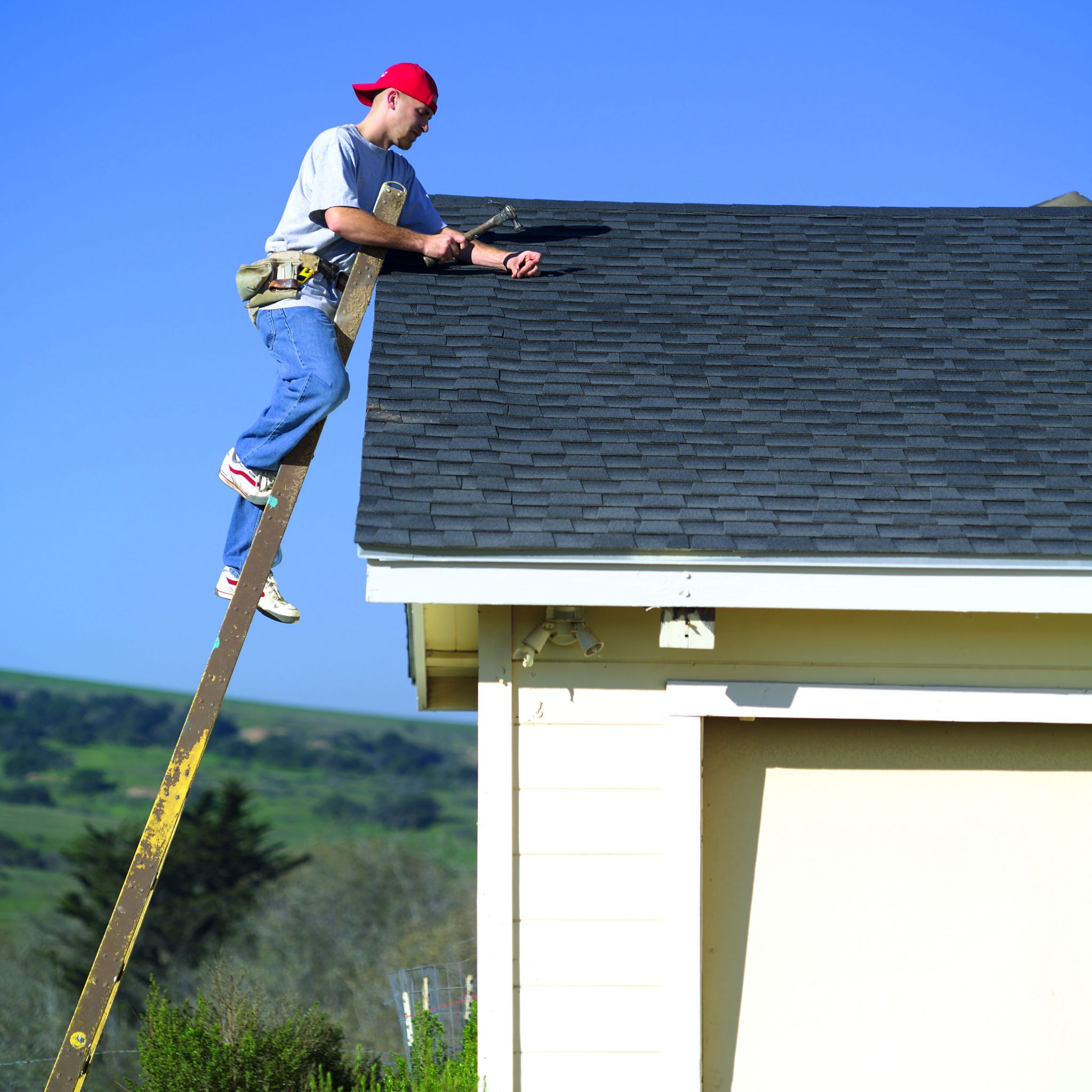Emergency Handbook

When faced with the destruction of your home following a storm, you may wonder how to start putting the pieces back together. With so much to do, it is hard to prioritize.
Care for yourself and your family first. Make sure your tetanus shot is up to date. Get plenty of fluids, eat right, and try to get enough sleep. Talk to your friends and family. It is the best stress reliever.
Reenter your property safely. Wear appropriate clothing.
- closed-toe shoes
- long pants
- leather or work gloves
- protective eyewear
- dust masks/filters to reduce the amount of insulation fibers you breathe and to protect yourself if you are sensitive to dust or mold
Make sure utilities are turned off or disconnected. Do not enter the area if you smell gas or see downed power lines.

Make a record of damage and losses. Take pictures or make video recordings.
Prevent further damage as much as possible and secure items from theft. If your roof has been exposed and the house is still standing, cover the roof to prevent water damage that may occur later.
Contact your insurance agent or company representative. Document when you called and who you spoke with.
Assemble cleaning supplies and equipment.
- low-suds detergents
- disinfectants
- scouring powder and pads
- bleach
- ammonia
- rubber gloves
- buckets
- tools (crowbar, hammer, screwdriver)
- brooms
- shovels, rakes, hoes
- sponge mop or mop that is easily squeezed out
- scoops
- dolly
- wheelbarrow
- bushel baskets
- garbage bags
- throw-away containers for garbage and containers to carry from home to street
- water hose

Salvage valuable items first. Include the following:
- personal identification such as drivers licenses, Social Security cards, marriage licenses, birth and death certificates
- insurance information such as life, home, and car insurance
- financial records such as mortgage papers, property deeds, legal contracts, wills, bank accounts and credit cards information and utility bills
- valuables such as jewelry, cash, and photos
Discard items that cannot be salvaged. Throw away all fresh or frozen food, medicine, toiletries, and cosmetics that have been in contact with floodwaters or stored without refrigeration.
Use caution when handling clothing, linens, and other textiles contaminated with fiberglass fibers. To remove fibers, wash items thoroughly in a bathtub so the fibers go down the drain. Wear rubber gloves. Dry-clean items that would be damaged by water. Vacuum items to help remove fiberglass fibers.
Keep detailed records of extra expenses and business activity during the recovery. You may
need this information for your insurance claims.
When to Return
Don’t attempt to return home before the area is declared safe by local authorities. Make sure you have adequate food, water, and cleaning supplies.
Use pesticides only according to the directions on the label. Follow all directions, precautions, and restrictions that are listed. Do not use pesticides on plants that are not listed on the label. Trade and brand names used are given for information purposes only. No guarantee, endorsement, or discrimination among comparable products is intended or implied by the Alabama Cooperative Extension System. This publication is for information purposes only and should not be a substitute for recommendations or treatment by a health care provider.

